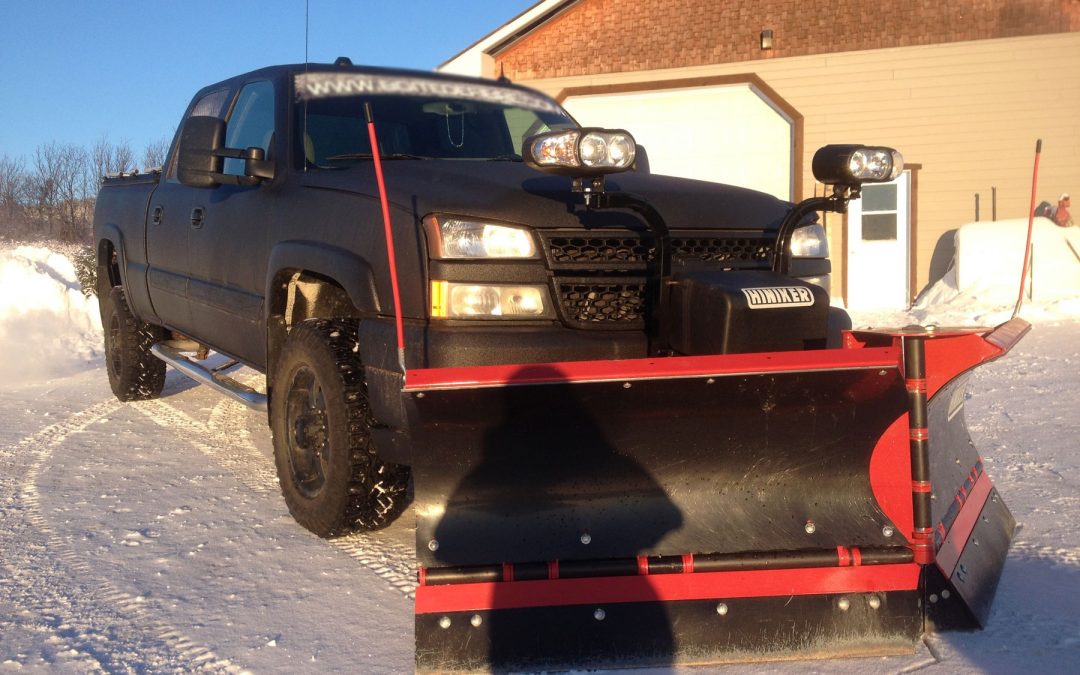While the busy season for landscaping is the seasons of spring or autumn, the work doesn’t stop in between. Here are end of season, winterizing, leaf management and storage tips to keep in mind as the landscaping season draws to a close.
End of Season Tips
- Keeping the plants in a lawn and garden watered can sometimes be a challenge during the summer season. With the drought that has been going on, you need to find creative ways to water plants and save water at the same time. You need not soak plants with too much water; all you need to do is to keep the soil around them moist enough for them to survive.
- To encourage the growth of flowering plants, deadhead flowers during the summer. Both annuals and perennials can benefit from deadheading. A garden can also benefit from the well-kept appearance it will bring about.
- Pruning of some plants can sometimes be done during the summer. Flowering shrubs and trees can benefit from a light pruning at this point.
- The summertime is also the best time to get lawns and gardens repaired and cleaned up. Damage done during the previous seasons can be fixed during this time, including upkeep and maintenance of garden fixtures, furniture and fences.
- Mow lawns just enough to provide insulation to the soil from the summer heat and also to reduce water loss.
Winterizing Techniques
You cannot do much for lawns and gardens during the winter months, but you can prepare them to do well by the time spring comes around. The following are things to do that winter-proof the landscape of gardens:
- Revitalize lawns. Make sure that mulch and fertilizer is provided for plants to prepare them for the long, cold winter months ahead.
- Keep the soil of lawns moist, but not too soggy. This will keep the roots of plants damp enough to survive the winter, but not too wet that mold sets in.
- Plant nitrogen-rich cover crops to enrich the soil for upcoming spring planting. You can also cover garden plots with burlap sacks or cloths to suppress the growth of weeds.
- Transplant trees and shrubs during autumn. This allows the plants to make their roots more established and flourish better during the springtime.
- Prepare flower beds by removing the dead parts (stalks, leaves, flower heads) of plants. If you leave them there during the winter, it promotes rot in some of the roots of plants.
- Mulch trees and flower beds. This protects plants from the frost of the winter and prevents the growth of unwanted weeds.
- If maintaining ponds, fountains and other water features, the autumn is the best time to clean them out and prepare them for the cold winter. Scooping out leaves will prevent decay and buildup of scum.
- Bulbs for the coming spring should be planted around this period as a preparation for a garden.
- Prepare small deciduous shrubs and/or trees by providing structures that will prevent the buildup of heavy snow on their leaves.
- Water trees and large shrubs deeply after they have dropped their leaves so that they will last through the winter.
Fall Leaf Management
Autumn is that time of year where the trees decide to shed their foliage in preparation for the upcoming cold winter months. During this time, most people would go to great lengths to remove the fallen leaves from their lawns and gardens. These leaves are considered as waste material by most; however, there are other means of using and managing them as a valuable natural resource.
- Mowing. If you experience a light leaf drop, it can be included when you are mowing a lawn, especially if you are using a mulching mower. The shredded leaves can then be left on the lawn to create a protective barrier to the sod and the soil.
- Mulching. Collected leaves that have been shredded, can be used as mulch to enrich flower beds, vegetable plots, and the areas around trees. Mulch can inhibit the growth of weeds, regulate soil temperature and moisture, and keep the soil from becoming compact, eroded or crusted.
- Soil Improvement. Collected leaves can be incorporated into the garden soil to enrich and fertilize it. Clay soil will have improved drainage and ventilation, while sandy soil will have an improved capacity in retaining water and nutrients.
- Composting. Compost can be enriched further with the use of collected leaves and other biodegradable yard wastes.
Tips on Lawn Equipment Storage and Maintenance
Lawn and garden tools must be properly taken care of in order for them to survive the wear-and-tear of servicing yards and gardens. Putting them away for the winter ensures that they will have a longer equipment life. The following are steps you need to undertake prior to storing tools:
- Remove visible particles of dirt and rust.
- Wipe them clean with a cloth rag and allow them to dry fully.
- Sharpen tools using the proper implement to avoid damage.
- Condition the handles of tools, especially if they are wooden.
- Spray metal parts with a suitable lubricate to prevent the formation of rust during storage.
- Store tools in a dry location.
Even when it is not landscaping season, there is still a lot of work to be done by your business. Your customers will be very appreciative of the special care you can provide for their yard year around, simply by being aware of these off-season tips and putting them to us.

